Borovets is a getaway skiing resort on the northern slopes of Bulgaria’s Rila Mountains.
Borovets is a town on the northern slopes of Bulgaria’s Rila Mountains. It is the gateway to many ski and snowboard slopes on the Musala Ridge Rock of Rila National Park. Circular paths cross the alpine landscape. The trails lead through rocky ledges and valleys to the 7-foot Musala Lakes, including the Lake Icy. Just north, kayaks and other yachts climb the calm waters of the Iskar Reservoir.
1. Rila National Park
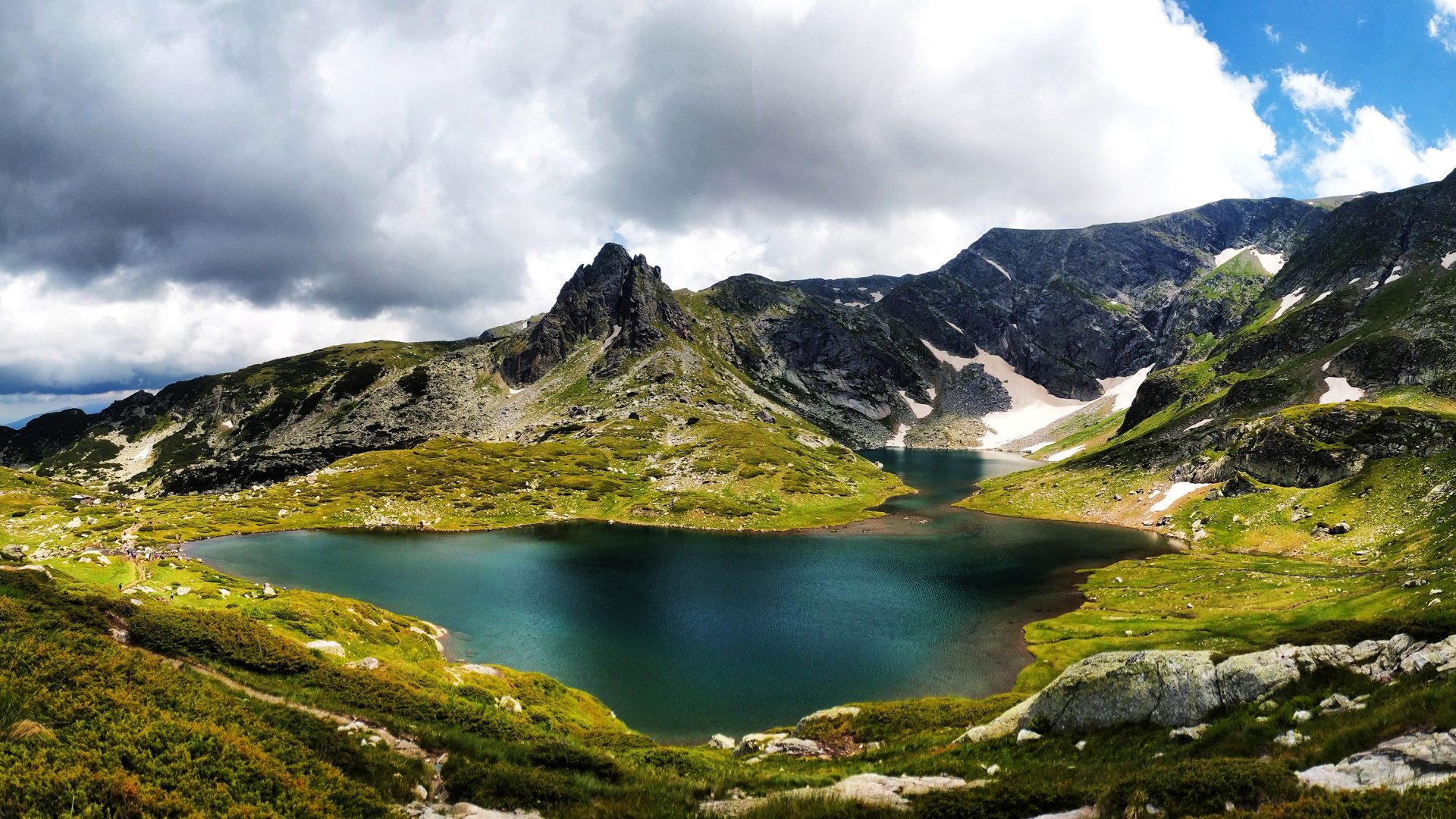
Rila National Park is the largest national park in Bulgaria spanning an area of 810.46 km² in the Rila mountain range in the south-west of the country. It was established on 24 February 1992 to protect several ecosystems of national importance.
2. Musala Lakes
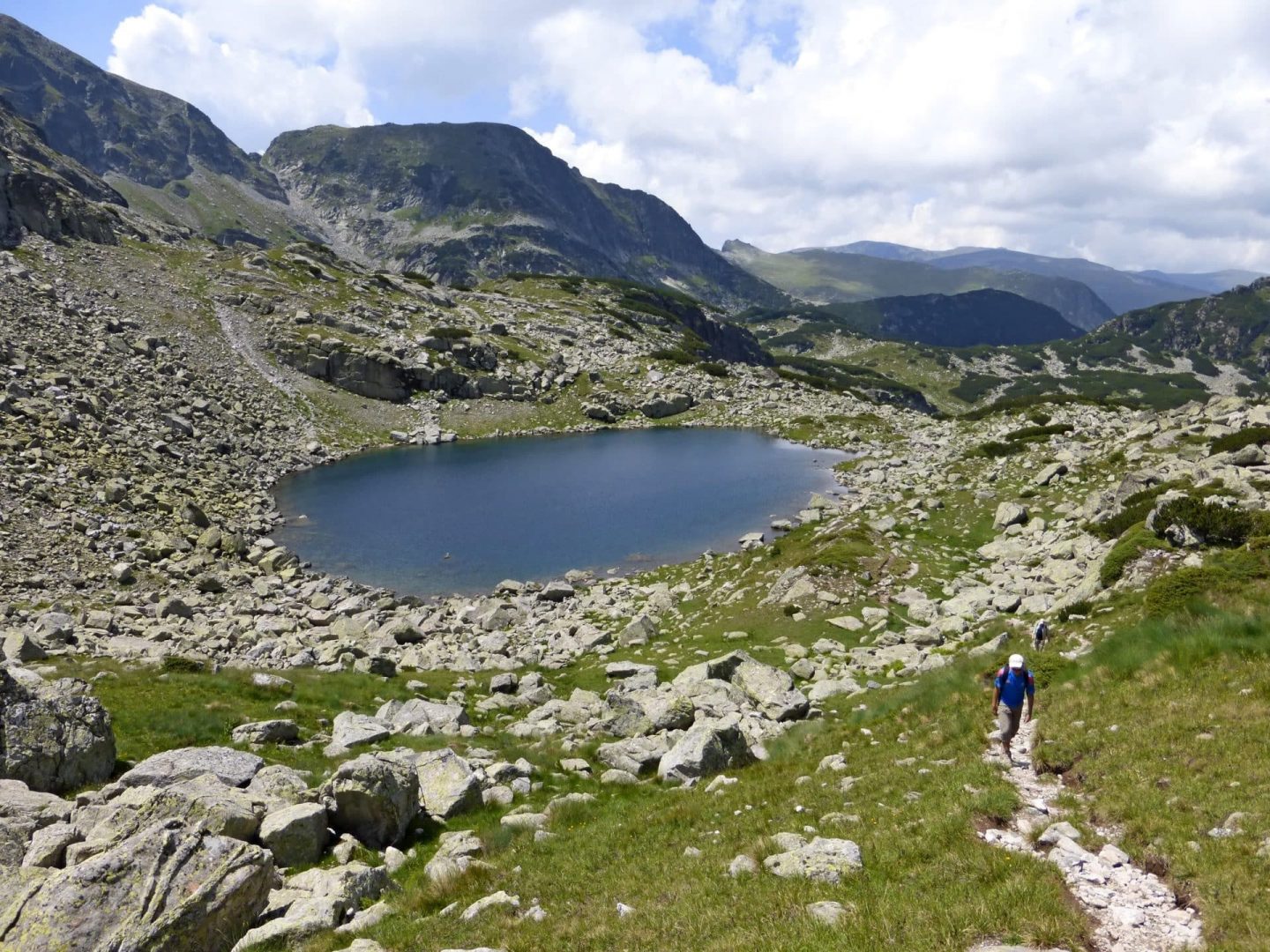
Musala’s Seven Lakes are situated on four cirque terraces. The highest of these is Icy Lake (Ledeno Ezero), which as its name implies is fed by glacier melt. The whole year round this lake is covered with ice that only partly thaws for four months of the year, from July to November. To the south of this lake rises the northern ascent to Musala peak. Glacier Lake is the deepest of the seven Musala lakes. Its water flows into the second and third lakes beneath it on the second cirque terrace. The third Musala lake, Alekovo, is considered by tourists to be the most beautiful of the seven. There is only one lake on the third cirque terrace, beneath Irechek Peak (2,852 meters). This is Lake Karakeshevo, the fifth of Musala’s seven. Near this lake on the bank facing the sixth lake stands the Musala Shelter. Somewhat farther down is the seventh lake. The sixth and seventh Musala lakes feed the river Bistritsa.
3. Iskar Reservoir
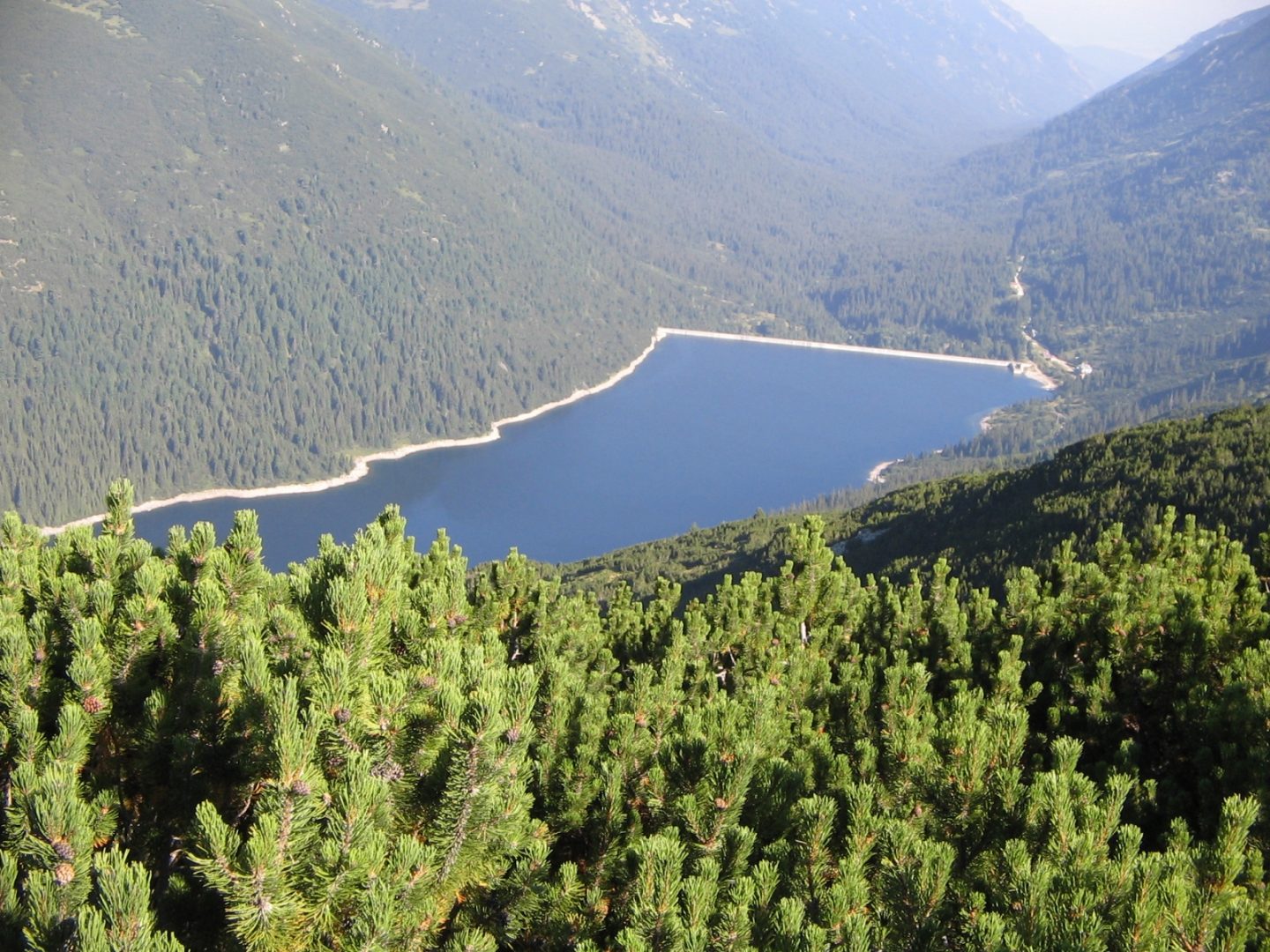
The Iskar Reservoir is the largest reservoir in Bulgaria. It is situated on the Iskar River and provides 2/3 of the water for the capital Sofia, also being used for producing hydroelectricity. The reservoir has a total volume of 673 million m³, of which 580 million are in use and the rest is a reserve.
4. Tsarska Bistritsa
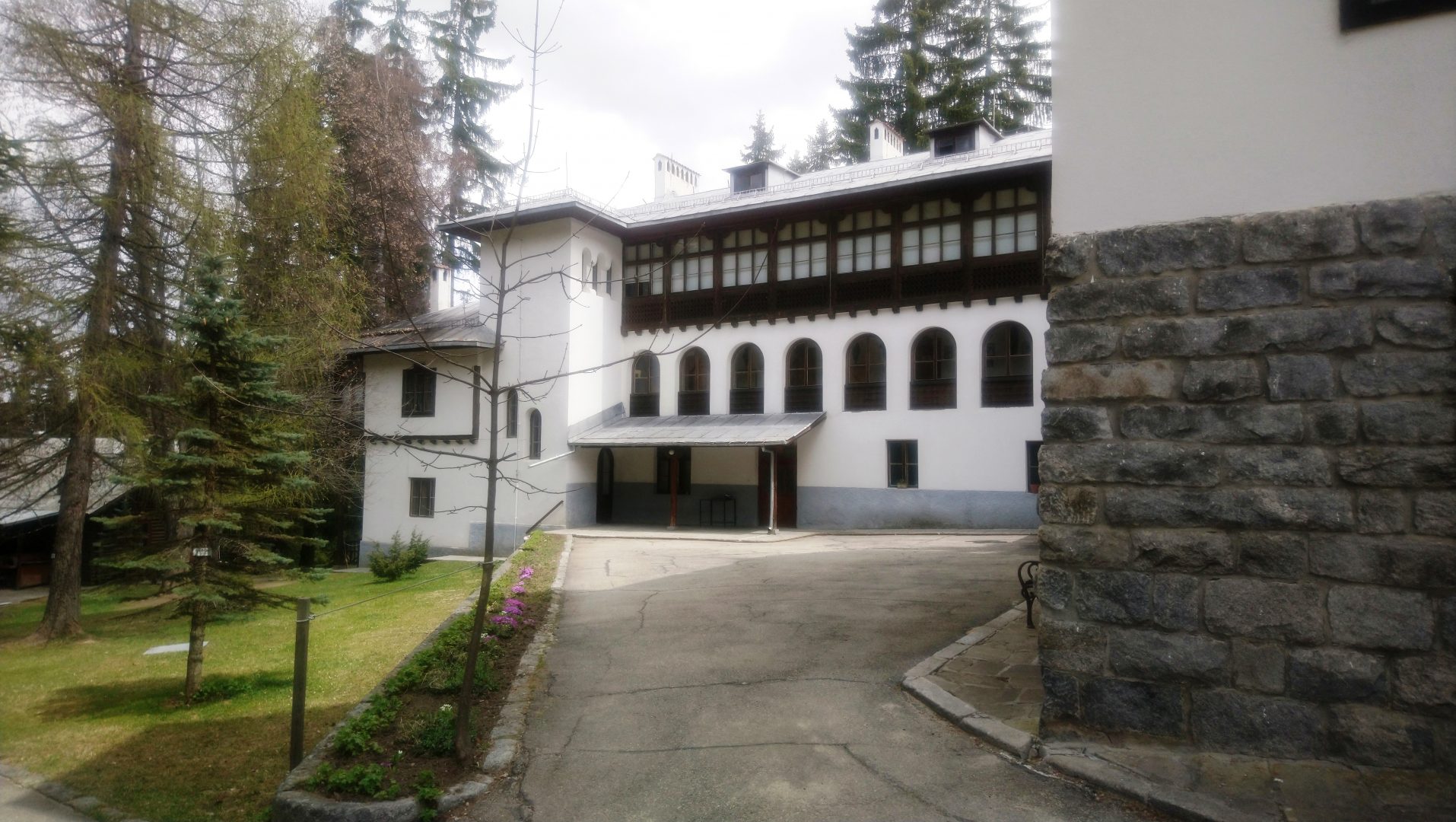
Tsarska Bistritsa is a former royal palace in southwestern Bulgaria, high in the Rila Mountains, just above the resort of Borovets and near the banks of the Bistritsa River. Built between 1898 and 1914, it served as the hunting lodge of Tsar Ferdinand of Bulgaria and his son Boris III. The hunting lodge was nationalized after 1945 when Bulgaria became a Communist state. The architecture of Tsarska Bistritsa combines, in the spirit of Romanticism, elements of the authentic Bulgarian National Revival style with other European architectural styles. A cabin from the transatlantic ship New America is part of the interior. It was either a gift from the captain or won by Ferdinand during a poker game. The wooden ceilings and columns in the lodge are richly decorated in a Bulgarian style. Tsarska Bistritsa also has the royal family’s collection of hunting trophies filled up for more than half a century. The palace is powered by a Siemens AG 170 kW generator built and installed in 1912.
5. Deno
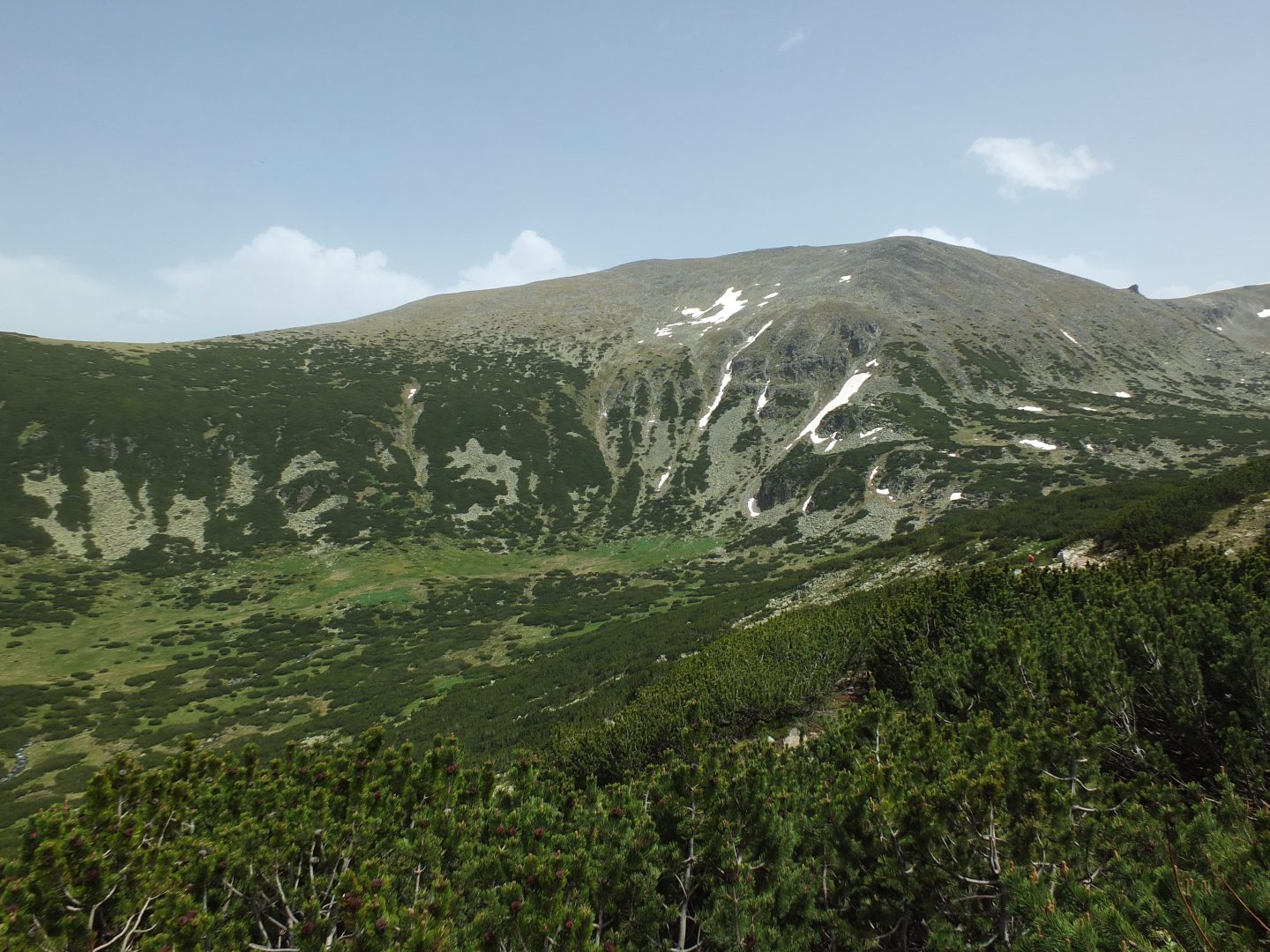
Deno is a peak in the eastern part of the Rila Mountain in southwestern Bulgaria. It is 2,790 m high and is the fourth highest summit in the mountain range behind Musala, Malka Musala and Irechek. It is built up of gneiss and granite–gneiss. The northern slope is steep, while the southern one is oblique and covered in grass. A deep gully descends along the north-western slopes that hold perennial firn. To the west is situated the valley of the Musala Bistritsa, a tributary of Bulgaria’s longest river, the Iskar and Musala refuge; to the north-east is situated the Saragyol Cirque that contains three glacial lakes. Deno is located in the vicinity of the ski runs of Borovets and the cabin lift to Yastrebots refuge, which makes it easily accessible. In winter some of the tourist tracks are exposed to avalanches.
